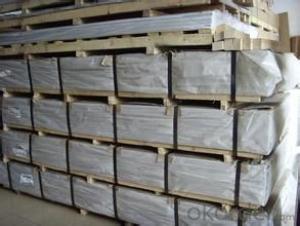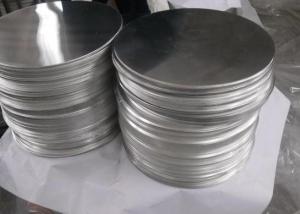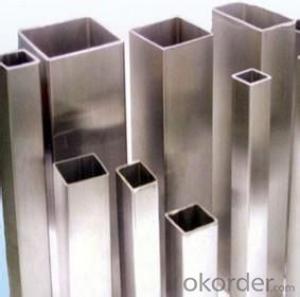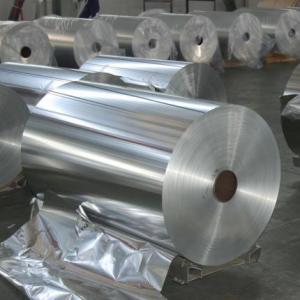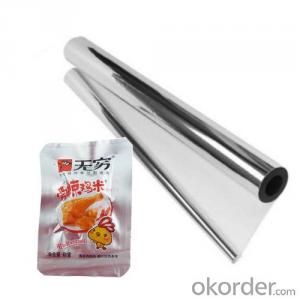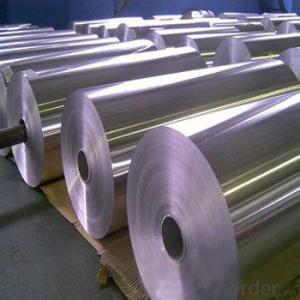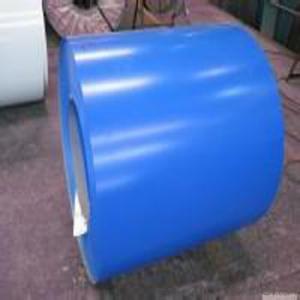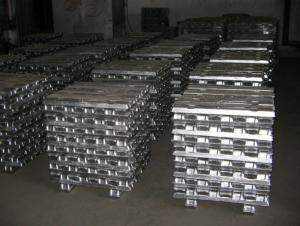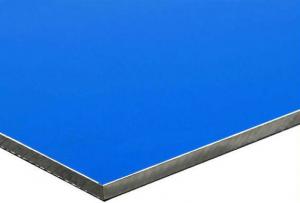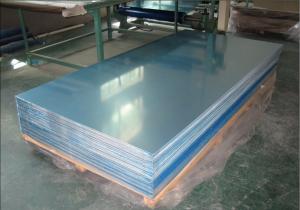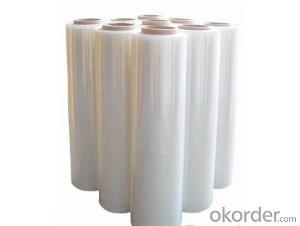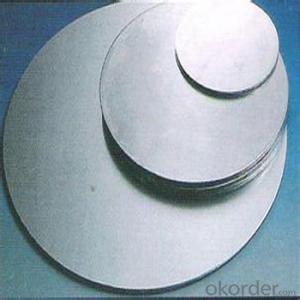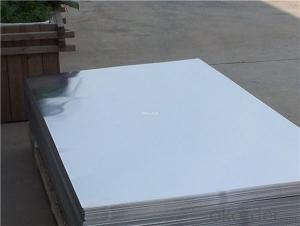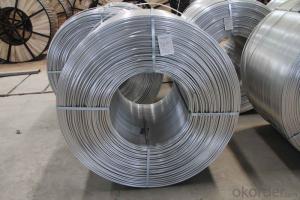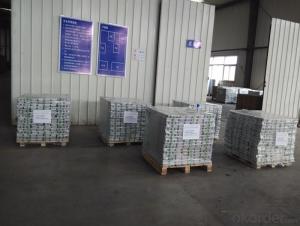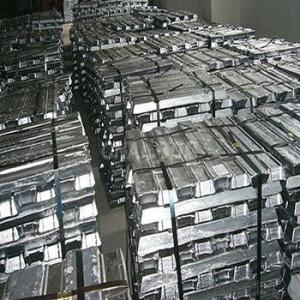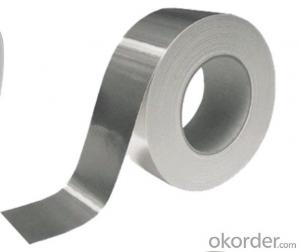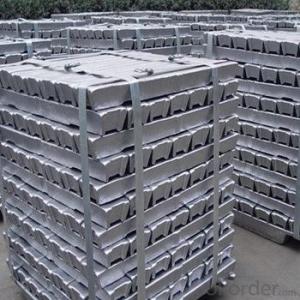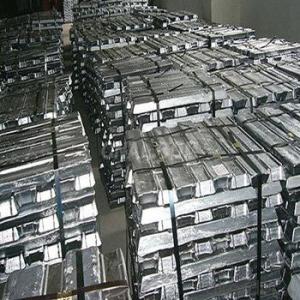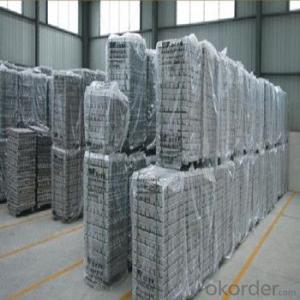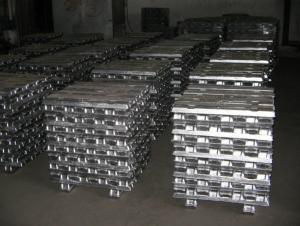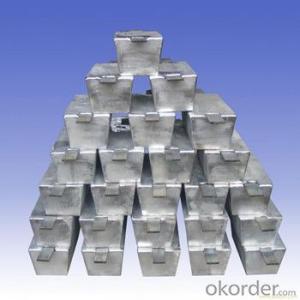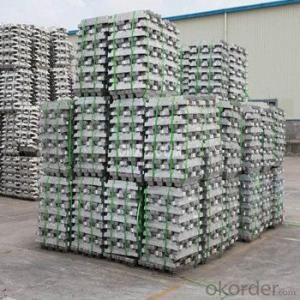Aluminium Ingots Uk
Aluminium Ingots Uk Related Searches
Galvanized Steel Stucco Netting Lg Refrigerator Stainless Steel Lg Stainless Steel Refrigerator Stainless Steel Ge Refrigerator Ge Stainless Steel Refrigerator Aluminium Modelling Mesh Aluminium Formwork Singapore Kumkang Aluminium Formwork Aluminium Extrusion Uv Coated Polycarbonate PanelsHot Searches
Aluminium Wire Mesh Manufacturers India Ceiling Fan Lowest Price Aluminium Scaffold Planks Sale Aluminium Walkway Mesh Prices Lasani Wood Sheet Price 4Mm Mdf Sheet 1220X2440Mm Price Cost Of Drywall Per Sheet Aluminium Scaffold Planks Sale Buy Sheet Plastic Aluminium Walkway Mesh Prices 9Mm Mdf Sheet Prices Tinplate Sheet Suppliers Stucco Scaffolding For Sale Buy Alabaster For Carving Aluminium Scaffold Planks Sale Aluminium Walkway Mesh PricesAluminium Ingots Uk Supplier & Manufacturer from China
Okorder.com is a professional Aluminium Ingots Uk supplier & manufacturer, offers integrated one-stop services including real-time quoting and online cargo tracking. We are funded by CNBM Group, a Fortune 500 enterprise and the largest Aluminium Ingots Uk firm in China.Hot Products
FAQ
- Aluminum ingots are used in the production of power transmission towers as a key material for constructing the tower structure. They are melted and cast into specific shapes to form the tower components, such as the main support columns, cross arms, and braces. Aluminum's lightweight yet strong properties make it an ideal choice for these applications, enabling the towers to efficiently support the transmission lines while minimizing the overall weight and cost of the structure.
- Various factors in the global market determine the price of aluminum ingots. The price is greatly influenced by the demand for aluminum, which is used in industries such as automotive, construction, aerospace, and packaging. Moreover, the availability of aluminum ore, extraction and refining costs, and any changes in production costs such as energy or labor expenses can impact the final price. Economic factors also play a role, with periods of economic growth leading to increased demand and higher prices, while economic downturns can result in decreased demand and lower prices. In addition, the price of aluminum ingots can be affected by the global trade environment, including tariffs and import/export regulations. Government policies such as subsidies or taxes on aluminum production can also have an impact. Furthermore, speculators and investors in the commodities market can cause short-term fluctuations in aluminum ingot prices. Speculative trading, based on anticipated changes in supply and demand or geopolitical events, can temporarily drive prices up or down. Considering all of these factors, the price of aluminum ingots is determined through a complex interaction of supply, demand, production costs, market conditions, trade policies, and speculative trading.
- Recycling scrap aluminum ingots presents various challenges. To begin with, one of the main obstacles lies in the collection and sorting of the scrap aluminum. Due to its utilization in a wide array of products, aluminum can be found in diverse forms and shapes, thereby complicating its efficient collection and sorting. Consequently, the establishment of an extensive and well-organized collection network becomes essential to ensure proper segregation of the scrap aluminum. Another challenge arises from the presence of impurities in the scrap aluminum. Prior to recycling, impurities like paint, coatings, and other contaminants must be eliminated. This necessitates additional processes and treatments to guarantee that the quality of the recycled aluminum meets the required standards. Moreover, the energy-intensive nature of aluminum recycling poses a significant challenge. The recycling process involves melting the scrap ingots at high temperatures, which demands a substantial amount of energy. Managing the associated energy consumption and emissions poses challenges in terms of both cost and environmental impact. Furthermore, the market demand and fluctuating prices of aluminum can create hurdles in recycling scrap aluminum ingots. In some cases, the availability of cheaper primary aluminum makes it more economically feasible to produce new aluminum rather than recycling the scrap ingots. This dynamic can impact recycling rates and the viability of recycling operations as a whole. Lastly, the transportation and logistics involved in recycling scrap aluminum ingots can also be challenging. Gathering scrap aluminum from various sources and transporting it to recycling facilities can be complex and costly. The establishment of efficient transportation networks becomes crucial to ensure the smooth flow of scrap aluminum to recycling facilities. In conclusion, while recycling scrap aluminum ingots offers numerous benefits, addressing several challenges is necessary to ensure a successful and sustainable recycling process.
- Aluminum ingots contribute to the circular economy by being a key component in the recycling process of aluminum. As a highly recyclable material, aluminum ingots can be melted down and reused multiple times without losing their quality. This reduces the need for extracting and refining new aluminum from raw resources, conserves energy, and minimizes environmental impact. Additionally, the use of recycled aluminum ingots also reduces waste generation and promotes resource efficiency, making it an essential element in the circular economy model.
- The lifespan of aluminum ingots can vary depending on storage conditions, but if properly stored and protected from corrosion, aluminum ingots can last indefinitely.
- Want to know the difference between ZL101 and A356 aluminium ingots?
- In the casting industry, to determine the quality of the alloy (performance) depends mainly on iron content, magnesium content, silicon content, as well as harmful impurities such as S, P content!
- Yl302 aluminum ingot is alumina alloy?
- Used in the manufacture of castings, die cast aluminium is the type of aluminum alloy used in the production of castings by die casting.
- Aluminum ingots are used in the production of kitchen utensils as they are melted down and cast into molds to create the desired shape and structure of the utensils. The molten aluminum is poured into the molds, which are then cooled and solidified to form the utensils. This process allows for the production of lightweight, durable, and heat-conductive kitchen utensils that are commonly used in cooking and food preparation.

